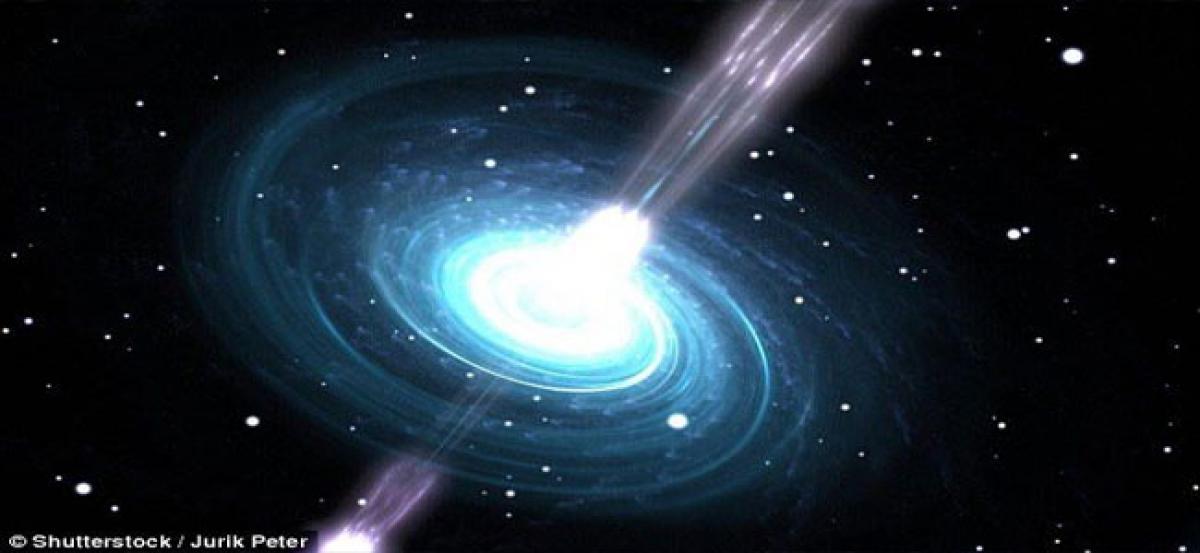Gravitational waves could reveal how fast universe is expanding

Gravitational waves emitted by a rare system a hugely energetic pairing of a spiralling black hole and a neutron star can be used to determine the Hubble constant, which describes the rate at which the universe is expanding, scientists say
Boston : Gravitational waves emitted by a rare system - a hugely energetic pairing of a spiralling black hole and a neutron star - can be used to determine the Hubble constant, which describes the rate at which the universe is expanding, scientists say.
Since it first exploded into existence 13.8 billion years ago, the universe has been expanding, dragging along with it hundreds of billions of galaxies and stars, much like raisins in a rapidly rising dough. Astronomers have pointed telescopes to certain stars and other cosmic sources to measure their distance from Earth and how fast they are moving away from us - two parameters that are essential to estimating the Hubble constant, a unit of measurement that describes the rate at which the universe is expanding. However, the most precise efforts have landed on very different values of the Hubble constant.
This information could shed light on the universe's origins, as well as its fate, and whether the cosmos will expand indefinitely or ultimately collapse. Scientists from Massachusetts Institute of Technology and Harvard University in the US have proposed a more accurate and independent way to measure the Hubble constant, using gravitational waves emitted by a relatively rare system: a black hole-neutron star binary.
As these objects circle in toward each other, they should produce space-shaking gravitational waves and a flash of light when they ultimately collide. According to a study published in the journal Physical Review Letters, the flash of light would give scientists an estimate of the system's velocity, or how fast it is moving away from the Earth. The emitted gravitational waves, if detected on Earth, should provide an independent and precise measurement of the system's distance.
Even though black hole-neutron star binaries are incredibly rare, researchers calculate that detecting even a few should yield the most accurate value yet for the Hubble constant and the rate of the expanding universe The Hubble Space Telescope's measurement is based on observations of a type of star known as a Cepheid variable, as well as on observations of supernovae. Both of these objects are considered "standard candles," for their predictable pattern of brightness, which scientists can use to estimate the star's distance and velocity.

















